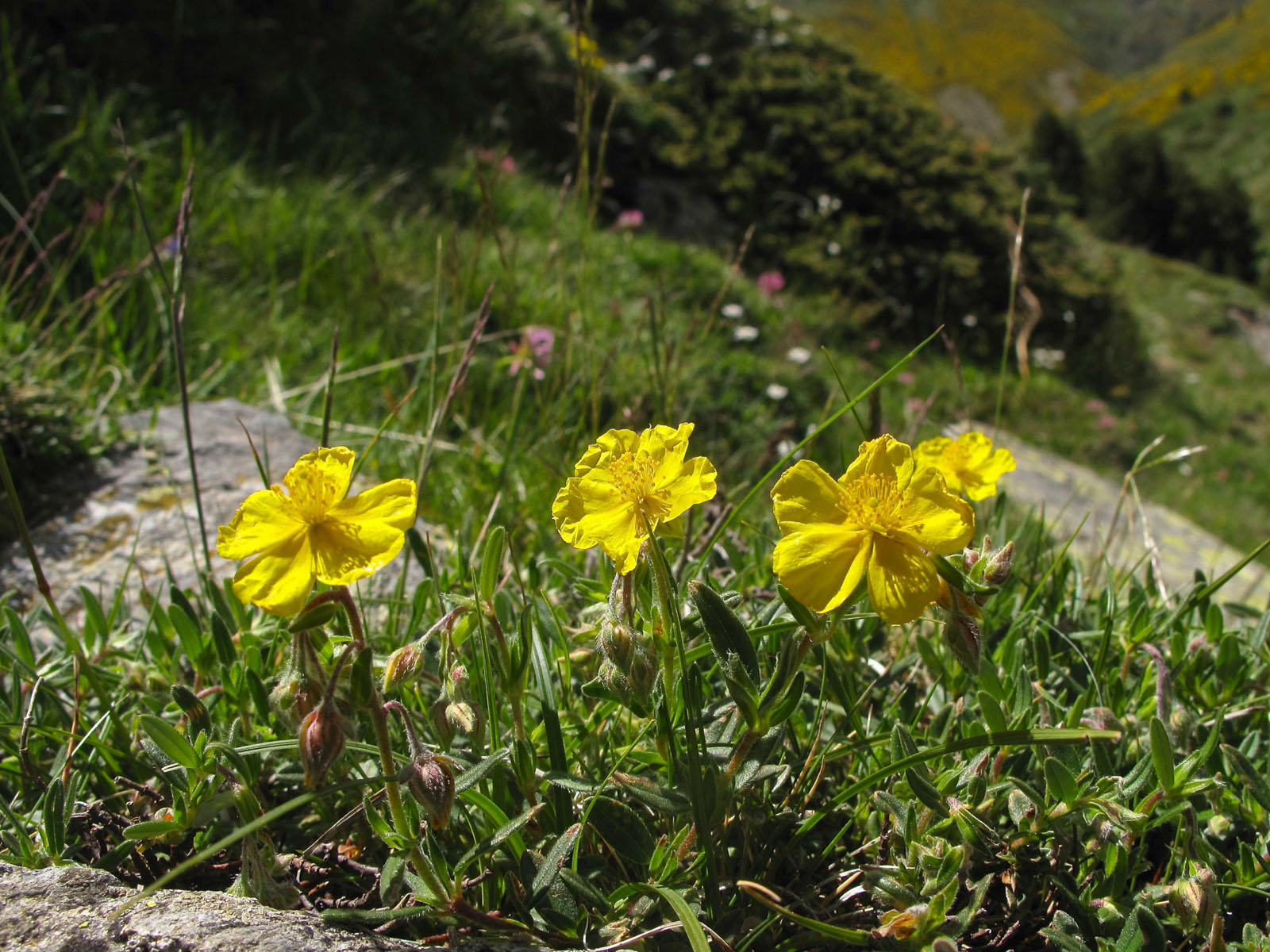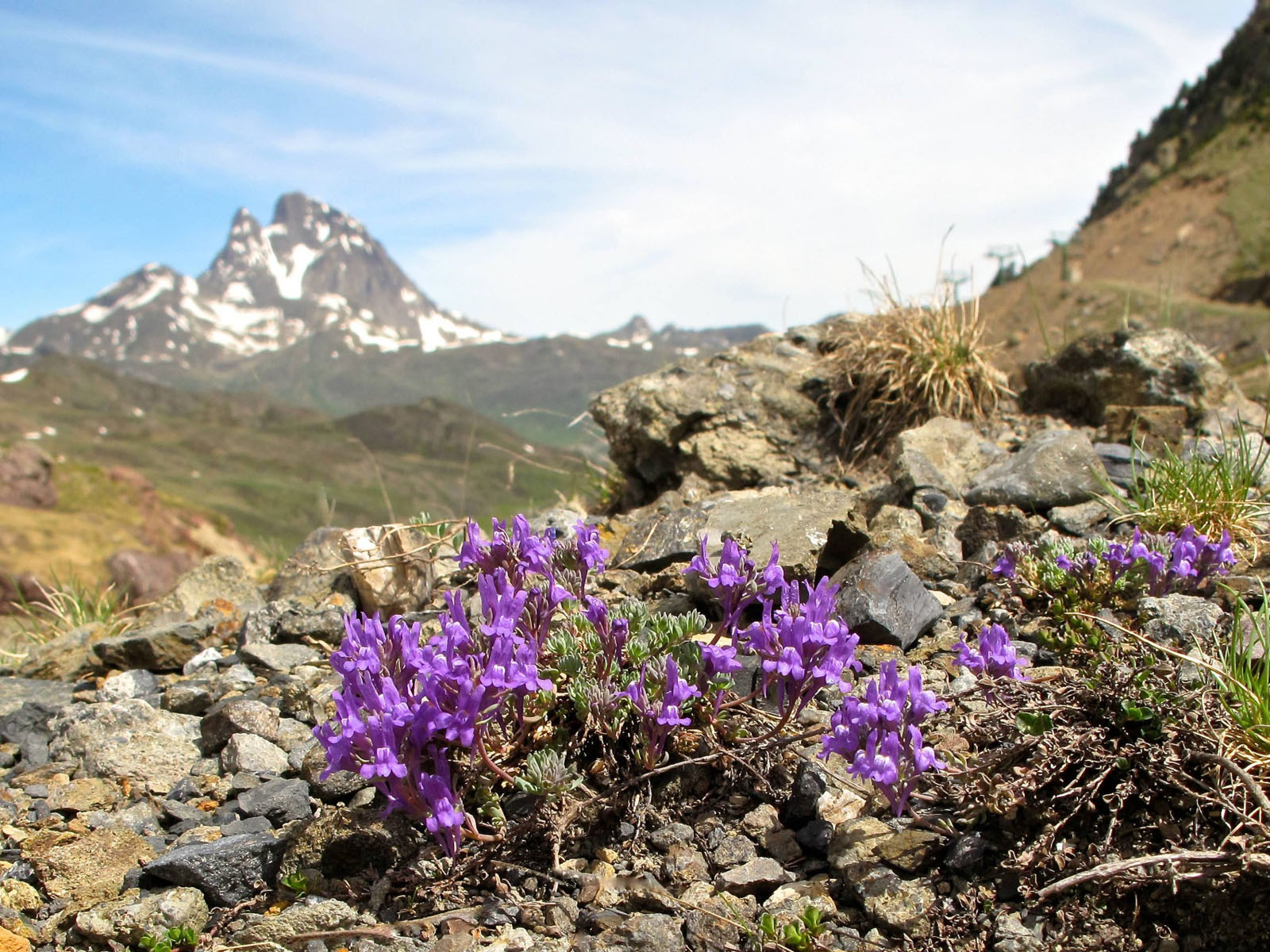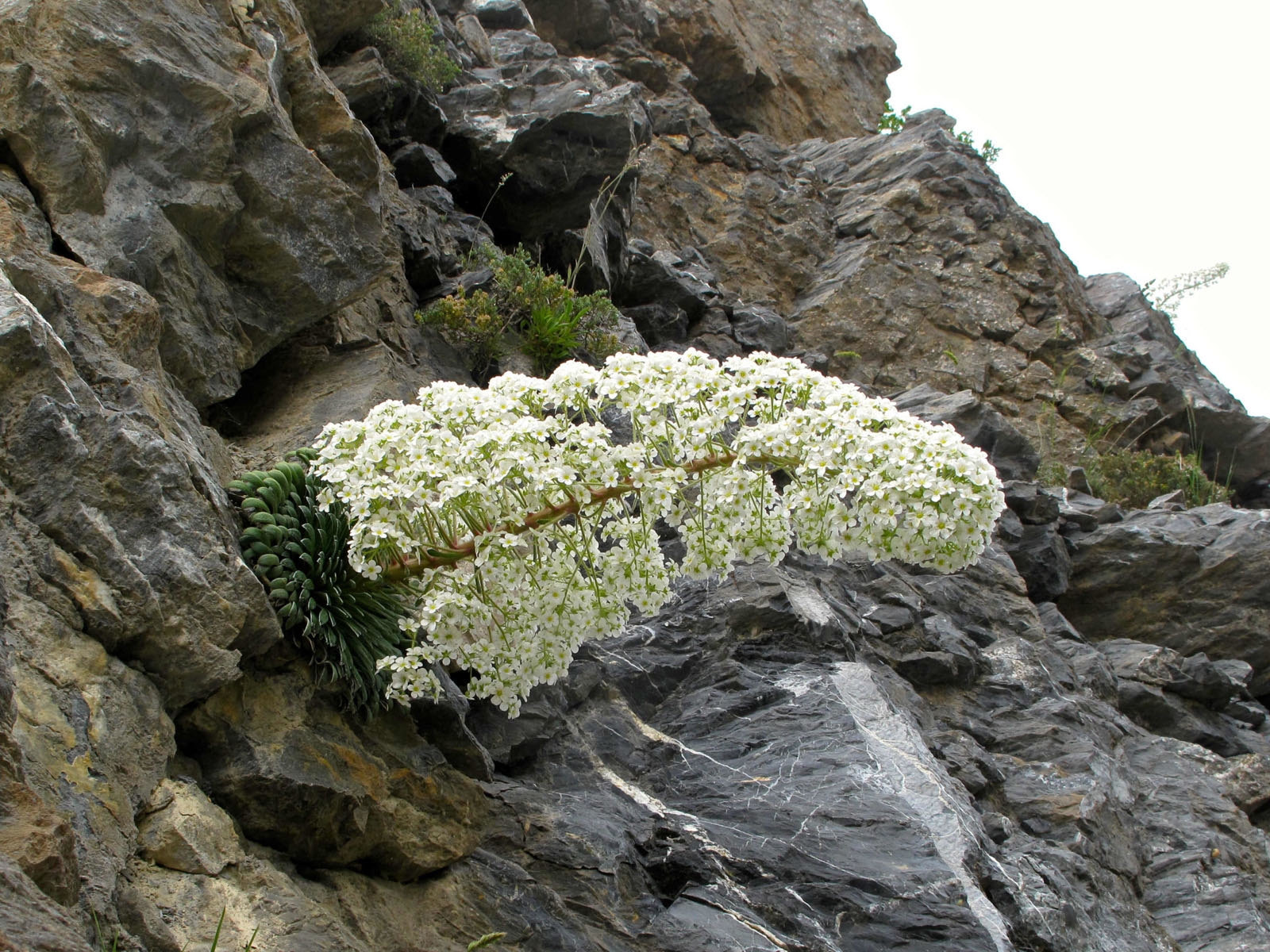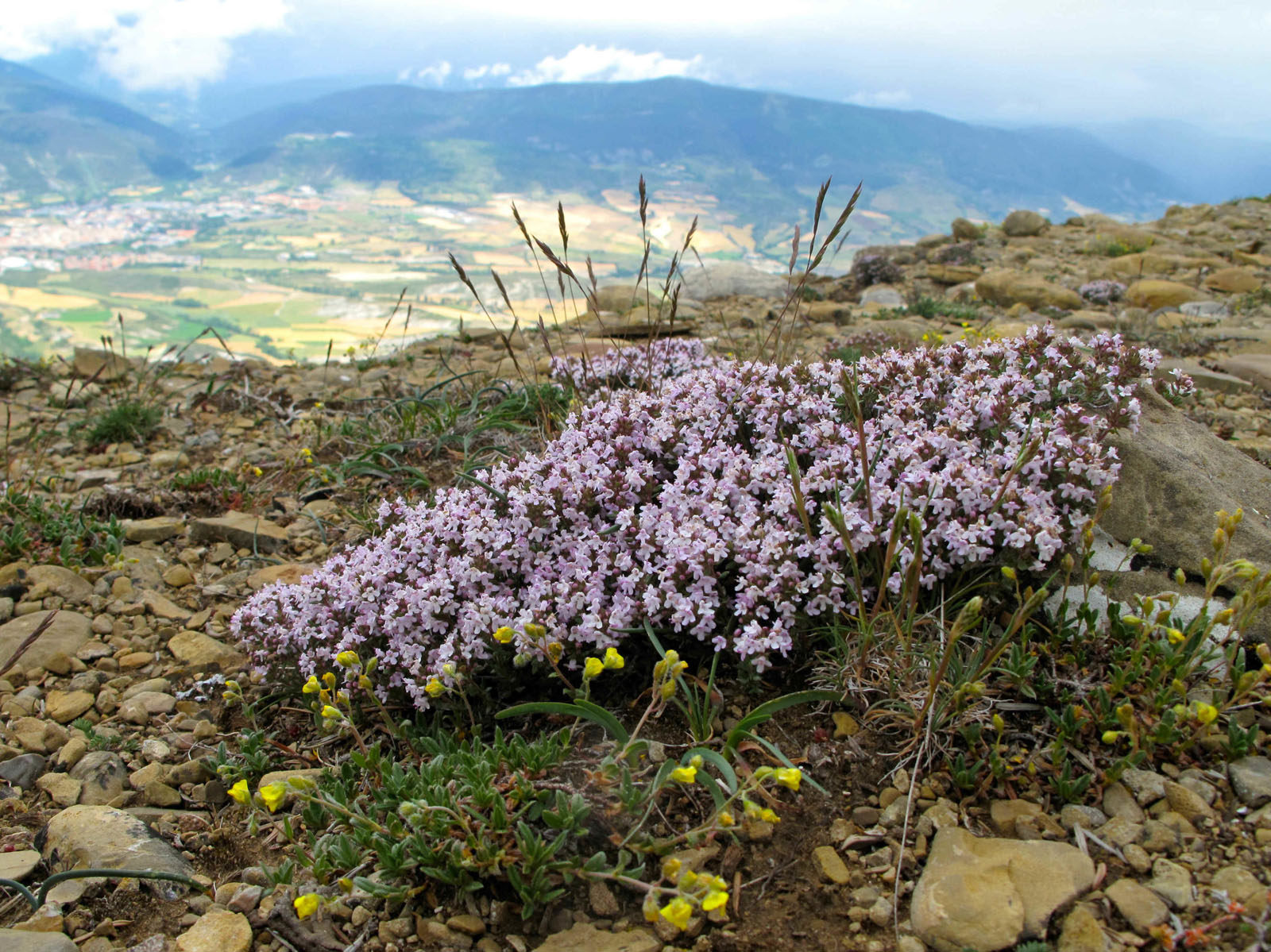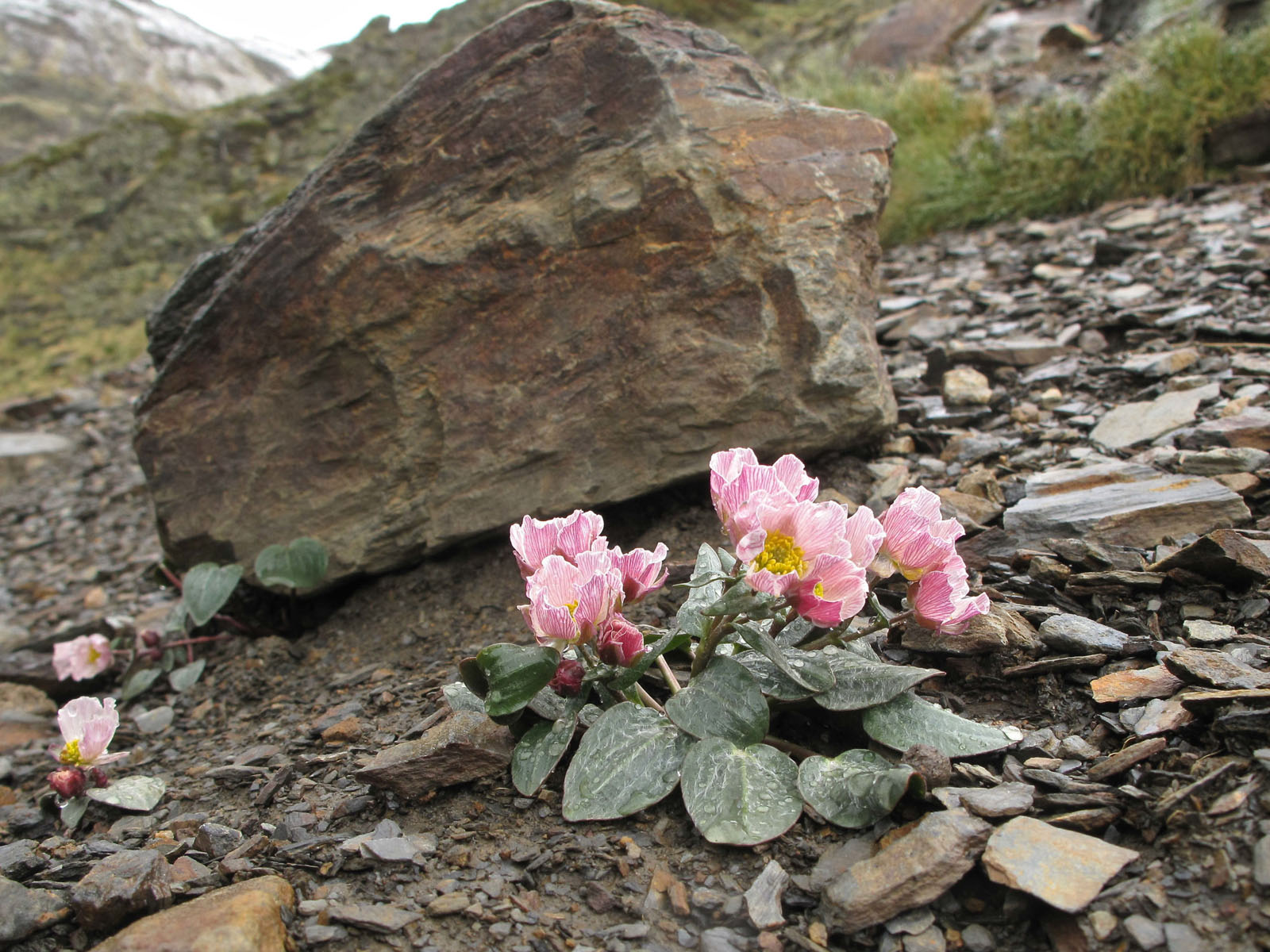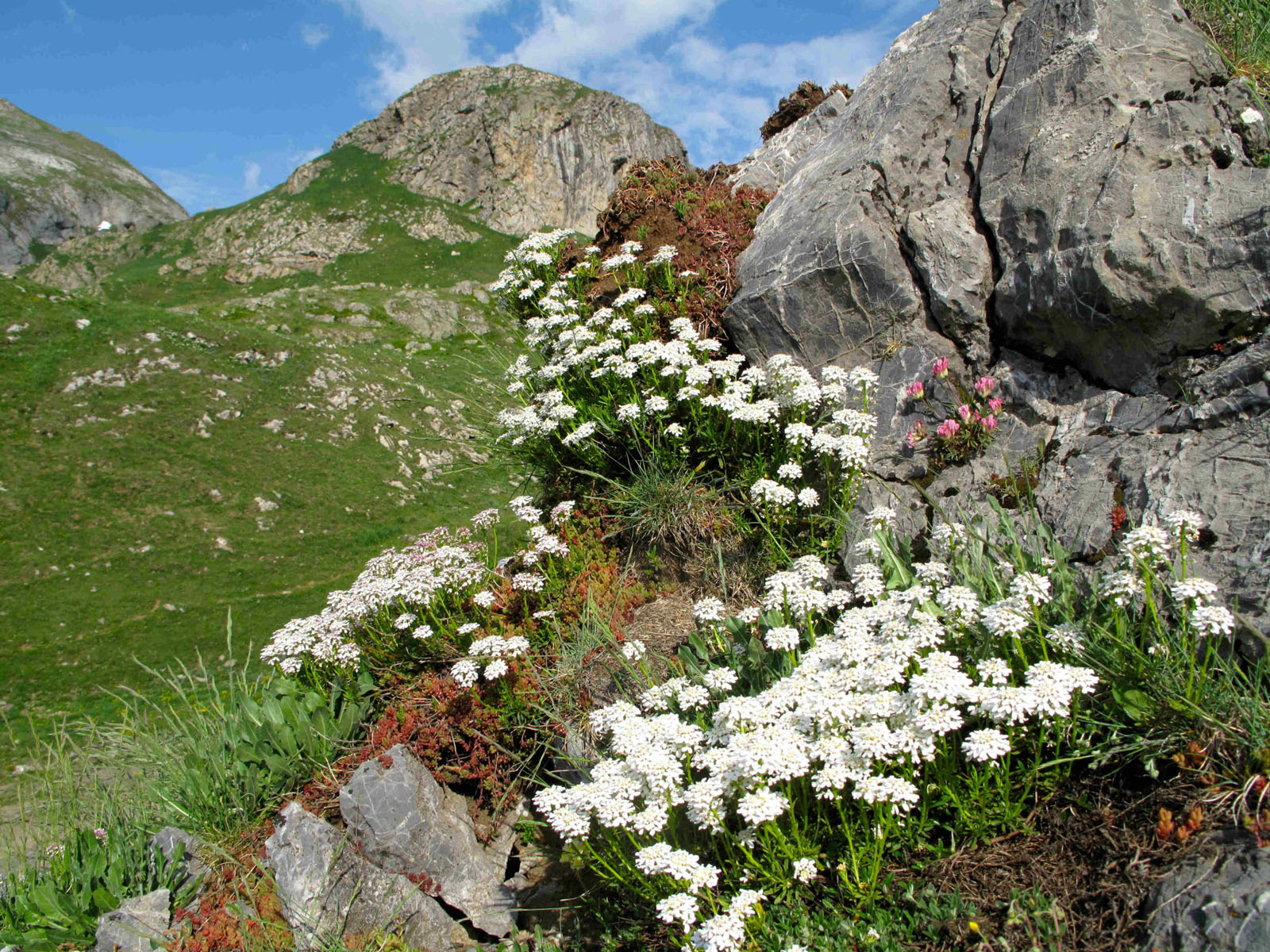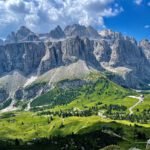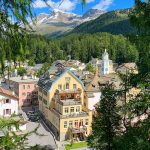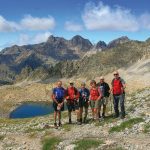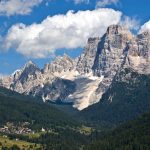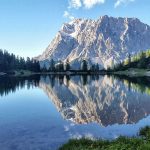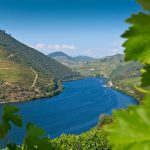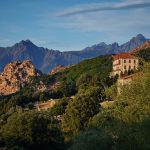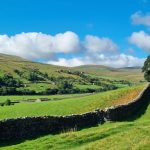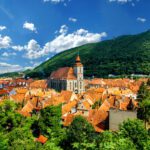19 July 2016
I am very fortunate to have spent two weeks searching for wild flowers in the High Pyrenees, writes David Charlton. As you may know, Collett’s have offered mountain flower walks in the Dolomites for many years. For the last two seasons it has been my privilege to lead flower walks in the glorious Picos de Europa in the north of Spain. This year I was set the challenge of finding enough locations to enable these very popular walks to be extended to the Pyrenees, where we have offered walking holidays for the last ten years.
I was based in the delightful and friendly Hotel Sabocos in Panticosa in the central Spanish Pyrenees. I am pleased to report that I had no difficulty finding excellent locations in which lovely high alpines, vibrant rich hay meadows and splendid roadside flowers all flourish. While the mountain walking in the Pyrenees tends to be quite steep and rugged, there are first-class locations where flowers can easily be seen a short distance from where cars can be parked. There are walks that are neither long nor challenging on which flowers can be examined and photographed at an easy pace. Equally there are rare and exquisite plants that grow only in the wild, high mountains that require a stiff climb in exhilarating scenery to locate.
Vital to any flower walk programme is a top-class flower destination that is easy to access. There are the four high passes of the Sella Massif in the Dolomites and Fuente De in the Picos. Could I find one comparable in the Pyrenees? Thankfully it was easy. Only twenty minutes drive from Panticosa is the Pourtalet Pass on which Spain’s border with France is located.
On the way up to it, right by the roadside, is a colony of lady slipper orchids (Cypripedium calceolus). Because they are rare in the Pyrenees and in such a vulnerable position they are kept under careful guard. It is encouraging to see that this exquisite orchid is spreading quite freely from several established plants.
The Pass itself was an absolute riot of beautiful mountain flowers. Thousands of Pyrenean fritillaries (Fritillaria pyrenaica) were at their very best. Everywhere was kidney vetch (Anthyllis vulneraria) in an astonishing range of colours – red, yellow, orange and white. Alpine pasque flowers (Pulsatilla alpina) were in bloom alongside colonies of the best Narcissus-flowered anemones (Anemone narcissifolia) I have ever seen. Gentians and the Elder flowered orchid (Dactylorhiza sambucina) in red and yellow colour forms abounded everywhere. The smallest and tightest form of creeping globularia (Globularia repens) forms prickly mats on the limestone pavements.
I spent the best part of three days on and around this pass, always finding new things and never needing to stray more than a few hundred metres from the road. Superb!
There are excellent, easily reached locations just over the border in France. A large area of splendid limestone pavement provided a rich area for exploration and large, vibrant yellow Welsh poppies (Meconopsis cambrica) were along the roadside, so much more striking than the form that can become a weed in gardens at home.
Of course, seasons are unpredictable and I may have struck lucky to arrive just as the fritillaries were at their best. But my confidence that this is a high-class flower location comes from the sight of thousands of crocus leaves everywhere – there must have been sheets of them (together with many wild daffodils) just as the snow melted. Also I could see the later flowers starting to emerge, including many orchids and a few Pyrenean lilies (Lilium pyrenaicum), frustratingly only just in bud.
A couple of lower sites within easy reach of Panticosa held an abundance of two key Pyrenean endemic species I was most anxious to find. The first is the Pyrenean saxifrage (Saxifraga longifolia or Corona de Rey, the King’s Crown, in Spanish). Beautiful rosettes with long encrusted leaves grow in tight crevices in vertical limestone cliffs, taking perhaps six or seven years to reach maturity. They then produce a huge, spectacular spike of white flowers, a glorious sight for several weeks until they are pollinated, set seed and die, leaving the task of producing future generations to the small rosettes growing around them.
Ramonda myconi (Orella d’os or Bear’s ear in Spanish) also grows in tight vertical crevices but always in the shade. Related to the African violets widely grown as houseplants, it has large, delicate purple flowers with protruding stamens.
About an hour’s drive from Pantocosa (depending on how many stops are made to enjoy the roadside flowers!) is the magnificent Ordessa National Park. The scenery here is spectacular with soaring cliffs providing excellent but quite challenging mountain walking. What is its potential as a wildflower destination? Unless you climb high, above the forests of ancient trees that fill the valley, rich flower locations are not easy to find. But a valley running north just outside the Park provided a good circular flower walk with riverside screes and bogs holding many species usually found much higher and a large colony of Martagon lilies (Lilium martagon) about to flower.
I spent my final three nights at Nuria, formerly a monastery and now a hotel, located at 2000m in the east Pyrenees, access to which is solely by mountain railway. My mission was to locate a lovely species of buttercup, Ranunculus parnassifolius. Its flowers are normally white but in the high, wet screes above Nuria is a population with large blooms delicately marked with pink. Snow fell down to 2200m while I was searching but in a flurry of sleet I found a large colony just coming into flower. Their lovely pink and white goblets with flamboyant yellow stamens seemed impervious to the bleak weather and provided a perfect finale to my superb trip.
The mountain flowers of the Pyrenees are superb – I knew that before my visit. My two weeks of reconnoitre have convinced me that a varied and interesting programme of flower walks and visits can be devised to please both enthusiasts and those with a casual interest in wildlife, the able walker and those less vigorous.
